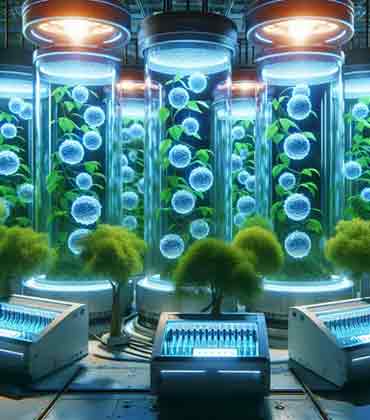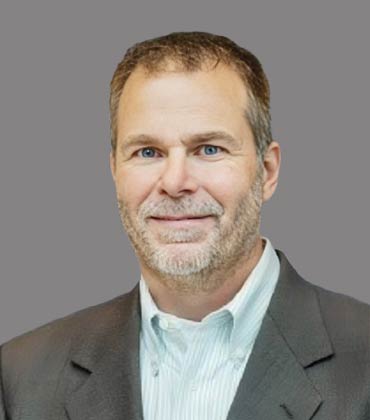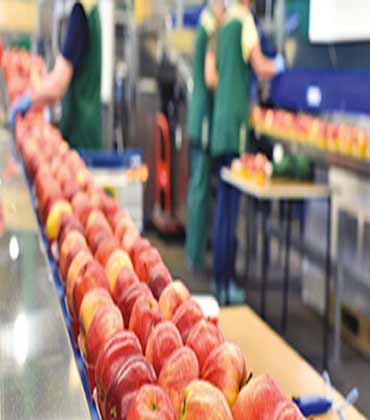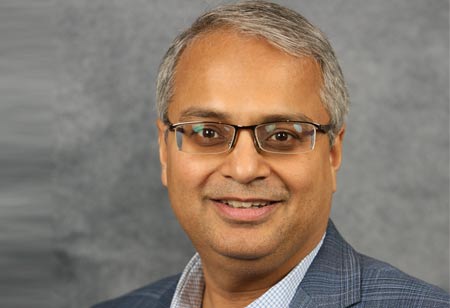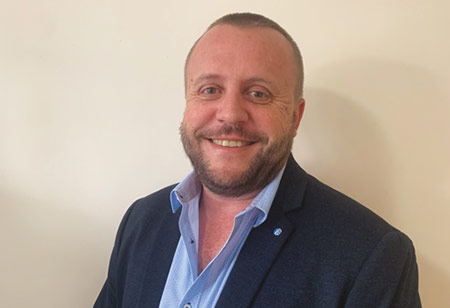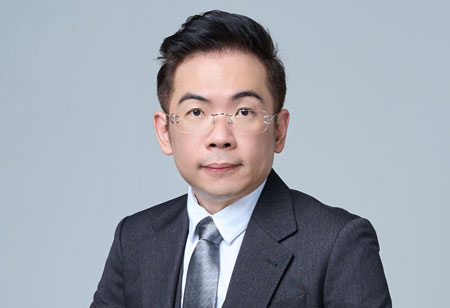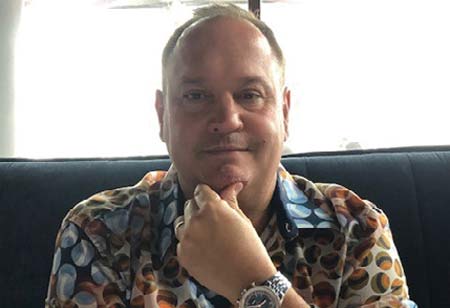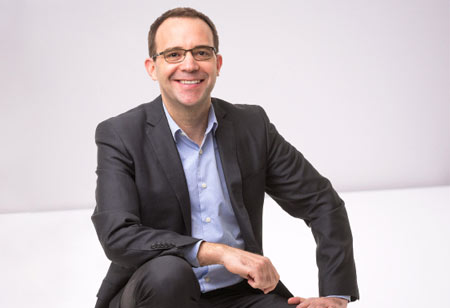THANK YOU FOR SUBSCRIBING
By Todd Jongen, Director Non-Foods Product Development and Packaging Science, US Foods
A Brief History of Carry-Out Food Packaging
By Robert Erhard, Head of Dairy, Corporate Sustainable Agricultural Development, Nestle
Transforming the Food Industry Through a Sustainable...

From Good to Great-A Story of Transformation with Culture at the Heart
Hugo Gutierrez, Global Chief QSHE Officer, Kerry

 Hugo Gutierrez, Global Chief QSHE Officer, Kerry
Hugo Gutierrez, Global Chief QSHE Officer, KerryWhere do you start when food safety issues come knocking at your door? At our company, we have been through a period of transformation with culture at the heart of this change. We have used a five-step approach over five years to move our company from having significant food safety issues/food safety challenges to having no significant issues in the marketplace.
Step 1 – Where do we go from here?
We started with defining where we were going and what our journey needed to look like to get there. It has to start with setting clear expectations (vision) to build the right strategy. We have developed a 3 to 5-year journey, which is taking us on the road to world-class, which includes having a strong vision, being clear on our focus areas and having the right talent to take us there. In order for this to be successful, it had to be participative, aligned with peers and engaged with our people. We have a connected and integrated team that is focused on these agreed priorities, and we leverage each other’s capabilities to drive and measure success.
Step 2 – How do you avoid pushing a rock up the mountain?
It helps to cut the elephant into small pieces through segmentation and risk assessment. To ‘stop the bleeding,’ we enhanced a number of key programs: positive release, EMP and capital investment. No product leaves our control until we test it and verify process compliance, and we moved to external lab testing and increased the sample size we are using. Capital investment was accelerated where we had GMP gaps, including implementing hygienic zoning, prioritizing ready-to-eat manufacturing sites and improving our infrastructure, spending approximately $200 M in our factories. We also built sanitation and safety standards for our engineering teams to enable a preventative approach to safety risks. Alongside these initiatives, we spent time and resources ensuring that we fulfilled key roles at the right level and the right talent.
Step 3 – What about people’s hearts, behaviors and company culture?
Driving a food safety culture is about much more than training; it’s more than audits and inspections; it’s more than testing; fundamentally, it is about how we influence people’s behaviors. We have to focus on the way people do things and how they become empowered to demonstrate the right behaviors and make the right choices all of the time.
“Driving a food safety culture is about much more than training, it’s more than audits and inspections, it’s more than testing, fundamentally it is about how we influence people’s behaviors”
Our organization uses a six-stage cycle to drive culture – expectations, education, communication, accountability, success and recognition. We have activities mapped out under all elements with a strong focus on changing and motivating the right behaviors and developing the right tools for our employees, targeted at all levels of the organization. We implemented a number of engagement programs and behavioral change tools for our leadership teams and employees, which included the LIFE program, a program focusing on life-saving rules preventing life-changing injury and fatality events; Golden Guardians, our food safety behavioral change tool which uses real people to emphasize the importance of making the right decisions. Golden six inspections, which are front-line led factory-based safety assessments, to fix any issues in real-time before they have the opportunity to escalate. I should also mention we have a very innovative tool called HUSH, which is six videos and an engagement experience for top leadership in the company. Holding our teams to account, celebrating success, measuring results through a yearly survey, and rewarding good behaviors are also vital to enabling a great safety culture.
Step 4 – Our customers are our guiding lights
We all say customers are our priority, but do we really have it embedded in our way of living? Exceeding our customer expectations is a key part of our vision; therefore, ensuring we develop a customer-focused program is fundamental to our success. We started by carrying out a deep dive and reaching out to our customers to understand their priorities, which informed our strategy. Assigning a Kerry lead to partner with our customers was also an important part of building trust and engagement. We have also been heavily involved in external customer and industry events, and in a recent customer service survey, quality was voted the number one area.
Step 5 – Do we have the right people in place with the correct skills and knowledge to execute the strategy?
Ensuring we have the right people and the right talent with the right technical knowledge is crucial to delivering a transformation. We developed a Global, regional and plant model to ensure the right capabilities are available for this journey. People development is another area where we have implemented a number of initiatives to ensure our teams are operating at the right level. Kerry’s Learning Academy was launched earlier this year, which is a tool to enable people to drive their careers and help employees identify their career path and how to build their skills in order to get there. More specifically, we have invested in sanitation excellence Globally, Regionally and locally, partnering with Ecolab at a CEO level as well as improved micro expertise – we have new and redesigned environmental programs across our network. We have also developed and promoted 8/10 leaders into higher responsibility areas, including female leaders, and now have a 50/50 split in the EHS & FSQ Leadership teams. We also take very seriously our engagement feedback; people need to have a smile on their faces to be effective.
Step 6 – How do we know when we get there?
We need to have a clear compass to understand the dial is going in the right direction. That’s why we created a digitalization platform that allows us to see KPIs in real-time and, make adjustments as we go, and ensure we are en route to the right destination. We defined KPIs ahead of time for each milestone of the journey. These KPIs help us with continuous improvement and monitor any adjustments that we need to make in our road map, including moving from reactive to preventative. Some examples of the results and KPIs we have seen are a 50 percent reduction in customer complaints, a reduction in TIR by 60+ percent, a 64 percent reduction in withdrawals and reaching over 95 percent compliance in our LIFE safety audits. KPIs have been adjusted as we progressed to move from reactive to preventative.
Conclusion - What have we learned?
A transformation is mostly about people; these significant changes have to start with support from the top. Behavioral changes take time, continuous improvement and relentless efforts year after year. A good way to define culture is what people do when no one is looking. As people lead safety first, quality always across functions and the company, you know you have arrived at the right place. We as professionals must ensure that we work not only in minds but also, and even more importantly, in hearts. Here’s to a fantastic journey of excitement, improvement, and excellence. Lastly, leadership is about opening doors so our people can make extraordinary things happen. Food safety is equal to good business, enabling company growth.
Read Also


